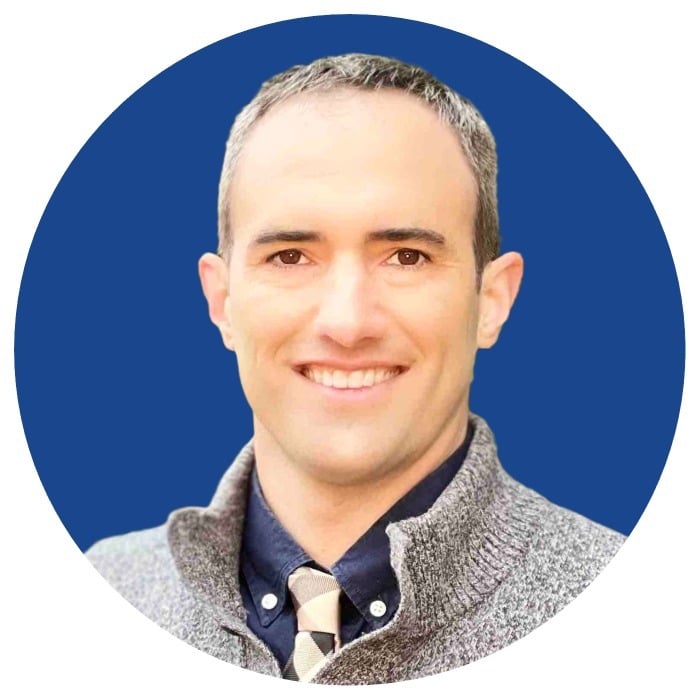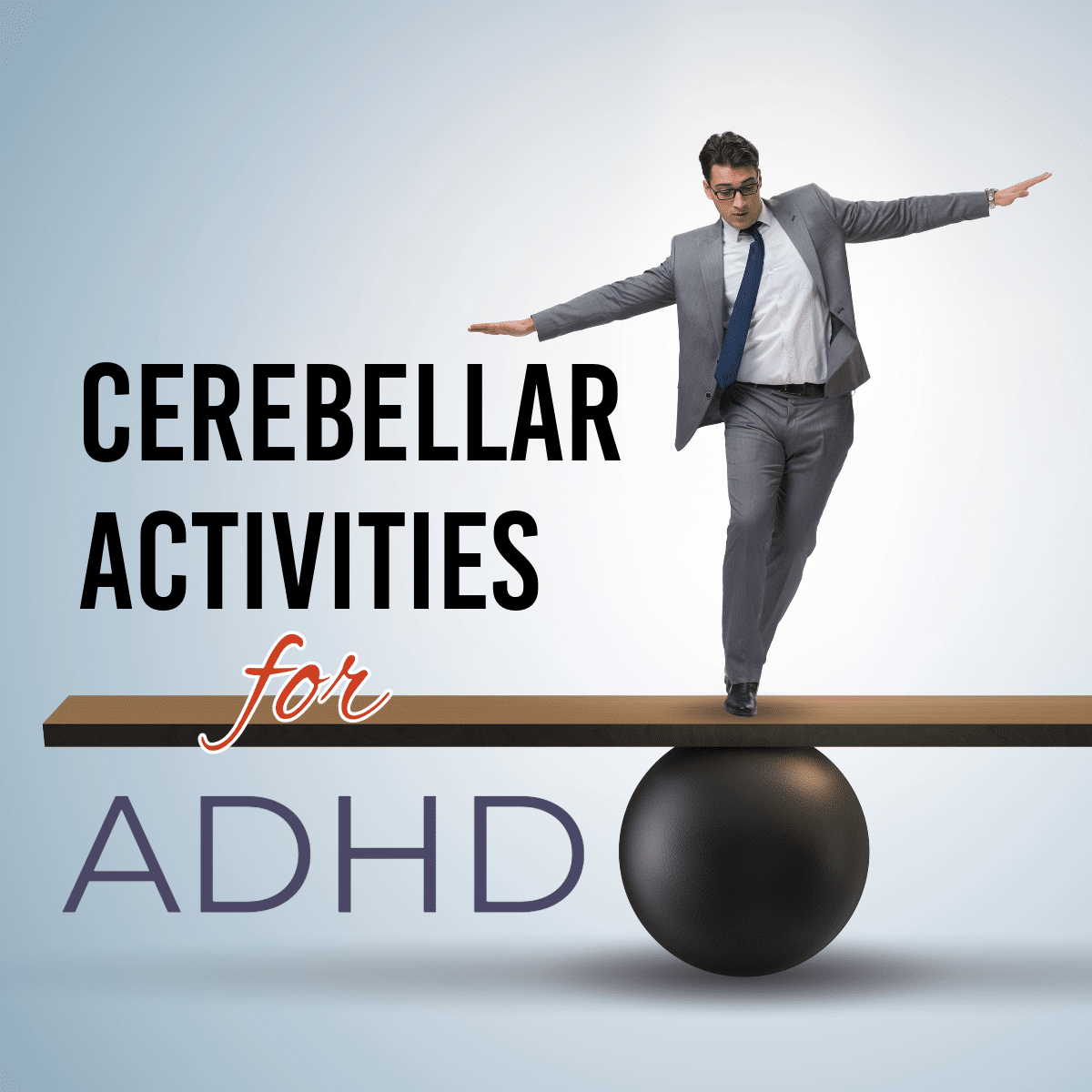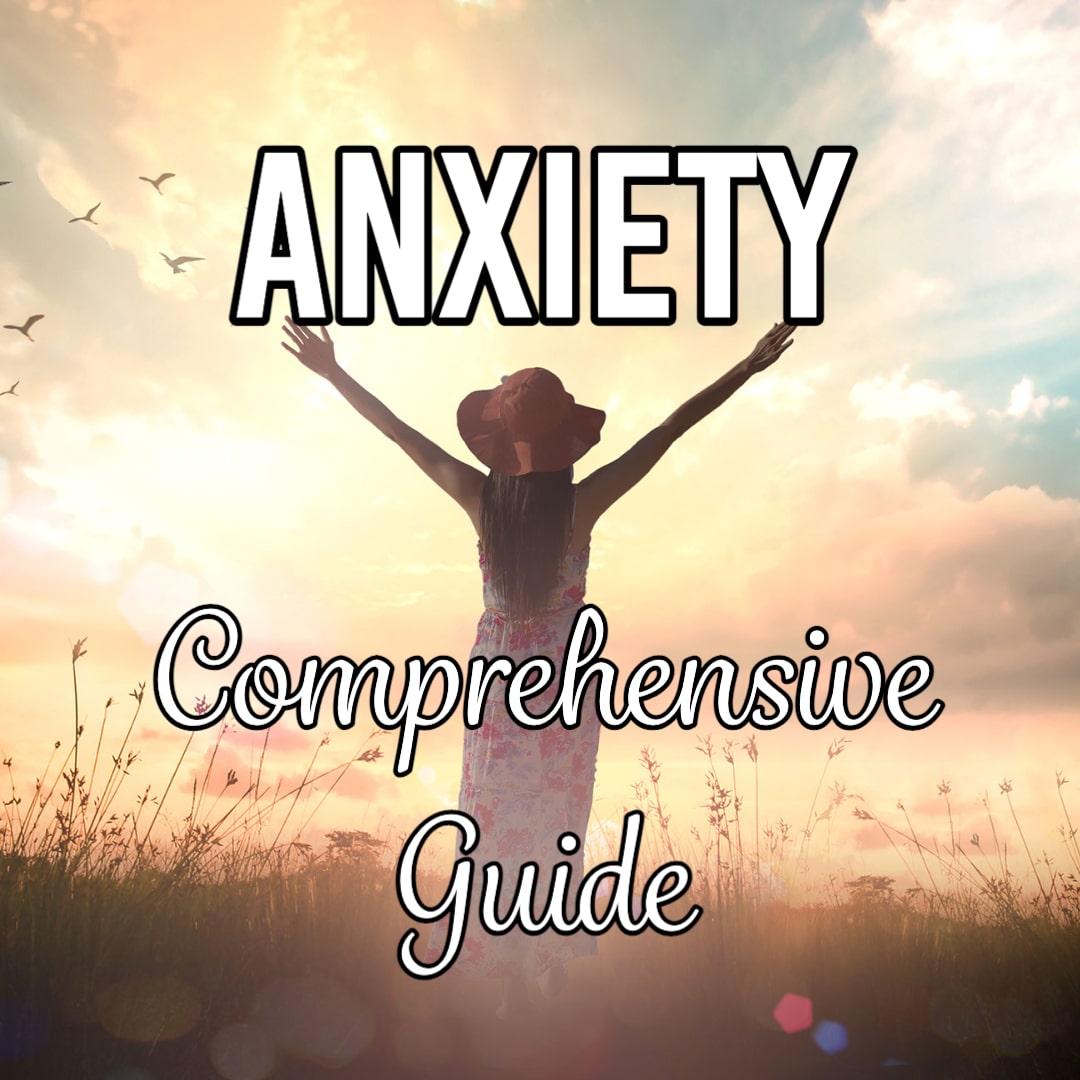How does one turn a weakness into a strength?
How do you reframe a weakness, one of our most guarded internal secrets, into a potential source of power?
To start to answer these questions, first ask yourself, why do I even consider this weakness to be a weakness? Is it because when I compare myself to my perception of what others portray, I am envious of the differences?
If there were no comparators available in which to judge a characteristic, the characteristic would be viewed as neutral, void of any other marker for reference. But we live immersed in society, around others, where we naturally and instinctively view, interact, and judge ourselves and others. It is human nature to default to judgement, as we inherited this trait from when we once depended on it for survival. We can acknowledge this trait is there, as an inherent bias, and use our prefrontal cortex to determine how we want to respond to these judgements.
In judging ourselves, we will find we may have certain “weaknesses” in the sense that some characteristics when measured on a certain scale are less than others. These may be: physical, emotional, mental, social, or monetary. We are taught at a young age to “be the best” at something which perpetuates the idea of competing against others and winning. It is a difficult mindset to shut off when not only are we inherently predisposed to judgement, but our society engrains this vis a vis sports, pageants, admissions, elections, etc.
Rather than think about a loss in the absolute sense, perhaps that ‘race’ or ‘competition’ was just not the right race in the first place. We all have a unique fingerprint of characteristics, and but we are not always put in a race to allow those strengths to shine. Our society rewards certain characteristics, like beauty, than it does for others, like empathy, eternally stacking the cards in favor of some individuals. By embracing our entire set of characteristics, including our weaknesses along with our strengths, we acknowledge our whole self and feel more complete.
By embracing a characteristic once classified as a weakness, we can turn it into a strength. For example, our society does not seem to reward vulnerability. Our natural tendency is to suppress vulnerability and not show our underlying feelings such as anxiety, sadness or fear. It is easier to show strength, anger or prowess. Being vulnerable puts us at risk of being laughed at, exposed to criticism and hurt. However, being vulnerable is actually the more courageous act. By embracing our weakness of vulnerability and showing anxiety or sadness, we can be more honest with ourselves and lets our relationships deepen because we can depend on others for comfort and solace. Being dependent on others forces us to have compassion for ourselves and others. It taps into our humanity, which is our dependence upon interconnectivity. Instead of being defensive, we should let go of who we think we should be and tell the story of our true selves.
In his book, “I Believe in You,” Luca Badetti explores the concept of vulnerability through his experiences at L’Arche, an inclusive faith community of shared living between people with and without intellectual disabilities. Members of L’Arch “hide much less behind their thoughts than the general population while remaining close to their embodied reality,” meaning they are most vulnerable in the true sense. Dr. Badetti explores the virtues in uncovering members’ abilities that tend to not be favored by society. In a touching and inspiring way, Dr. Badetti introduces his friends from L’Arche, shares their (in)abilities and describes how these can be viewed as strengths rather than weaknesses. He reflects on the many divisions that want to separate individuals, groups, and societies, and challenges us to hear other’s stories. In doing so, you might find that we are not as different as you think.

 Bruce Bassi
Bruce Bassi






